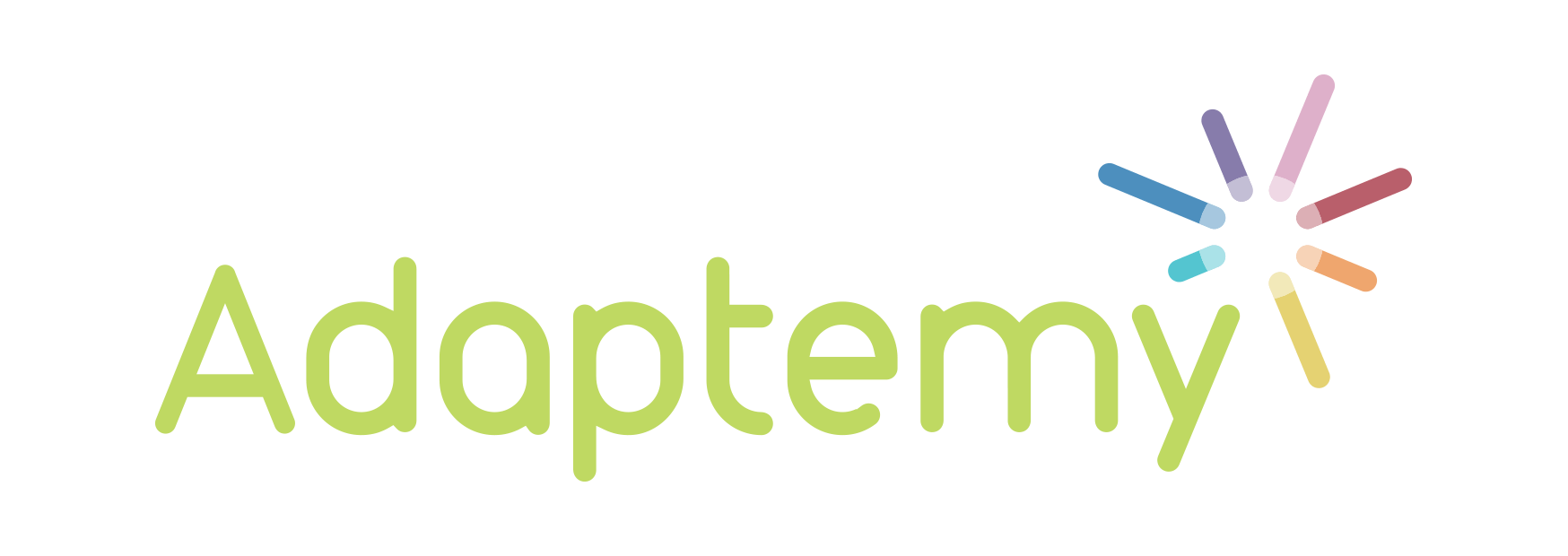How do teachers feel about EdTech? As James outlined in his post “5 Reasons Why Teachers Are Resistant To Digital Classrooms”, some teachers worry about adopting digital solutions in the classroom and hesitate to incorporate technology into their teaching. It may sound surprising, then, that technology forms an integral part of the daily lives of most Irish teachers. Below is a brief outline of the technological habits that are common to many classrooms across the country.
Computers
The use of computers in everyday life has become second nature to most people, and teachers are no exception. While important tasks such as taking attendance and securely recording student information must be done using computers in many schools, most teachers choose to perform other classroom tasks with the help of technology. Handwritten documents and presentations are a thing of the past, and typing and printing notes for students saves time and effort for everyone involved. Older technologies such as DVD players and stereos have been integrated into one machine, and this has led to computers becoming a central part of everyday classroom life.
Websites
While the tasks described above are largely self-contained, requiring little or no collaboration with students, teachers may turn to the Internet in search of more interactive ways to use technology in the classroom. Websites such as www.onlinestatbook.com are particularly popular among maths teachers, while www.youtube.com and www.examinations.ie are vital in any secondary teacher’s toolkit. These websites encourage students to adopt a more active role in their learning. Teachers may download worksheets and other online resources for effective teaching, and the potential to share information with other teachers and learn from their experiences is a huge advantage of using the Internet in the classroom.
Interactive Whiteboards
Interactive whiteboards can be found in many schools across the country, and as the name suggests this technology allows students to interact more meaningfully with the resources described above. In particular, teachers in primary and special education make excellent use of their interactive whiteboards with reading, writing, and maths games. Secondary teachers and their students tend to focus on making writing on the whiteboard more flexible and engaging, and the novelty factor encourages participation and creativity in the classroom. Teachers may start to think differently when technology such as interactive whiteboards is introduced, adopting a more interactive approach to classroom activities.
E-mail and Texting
Most of us consider e-mail and texting absolutely necessary in our personal and professional lives, and some teachers provide students with their contact details in order to become more connected and approachable. An email address may be created exclusively for students, offering an alternative method of submitting homework while protecting the teacher’s privacy. Students may ask questions via e-mail and text if they feel uncomfortable with approaching the teacher at the front of the classroom, ensuring that every student has the information they need. Many teachers have embraced e-mail and texting as a way of becoming more approachable and making a personal connection with their students.
Social Media
A newer aspect of technology that more and more teachers are bringing into the classroom is social media. Websites such as Facebook and Twitter provide an opportunity to connect with students and other teachers, sharing information with a wider range of people. Students can also connect with each other on these platforms, ensuring that everybody has access to the same information. Teachers can create Facebook groups for their class and encourage discussion by asking questions or posting relevant information. Professional Twitter accounts offer a more private way of connecting with students and teachers from around the world, allowing teachers to share information and learn from others through exciting online chats and discussions. Check out our last post, “14 Twitter Accounts Maths Teachers In Ireland Should Follow This Summer”, for a short lists of people to follow to get you started.
The resources described above illustrate how Irish teachers are already embracing technology despite worries regarding digital solutions in the classroom. Basic forms of technology such as computers, websites, interactive whiteboards, e-mail and texting, and social media are in widespread use in Irish classrooms, and the transition to EdTech can be gradual and exciting with technologies such as these under your belt.
What technology do you use in your classroom? Tweet us @adaptemy and let us know what you think!




